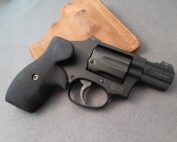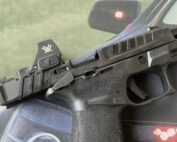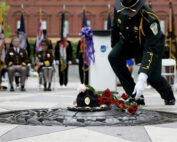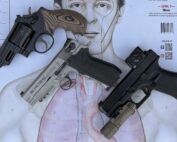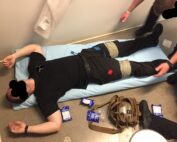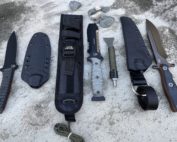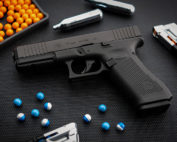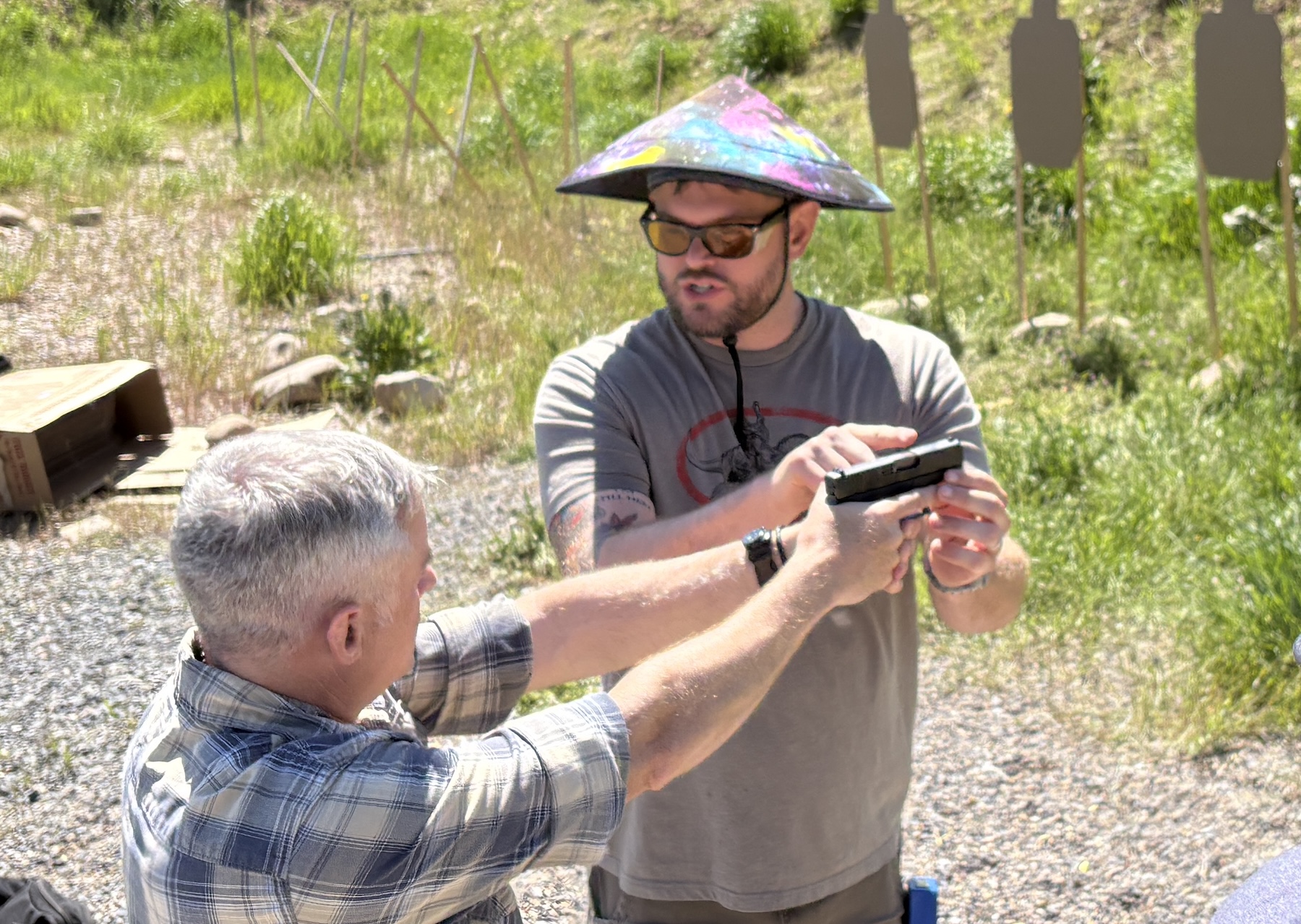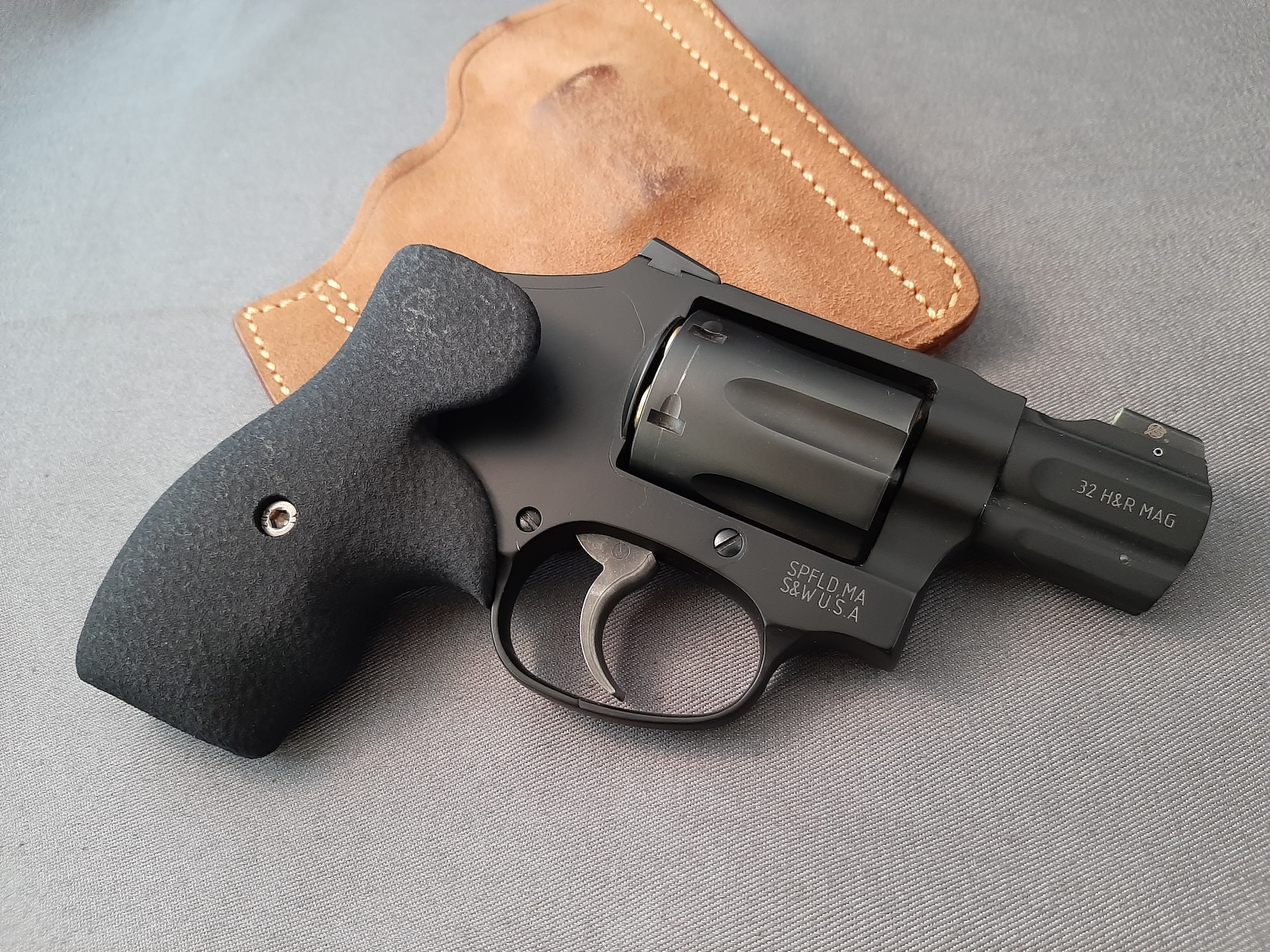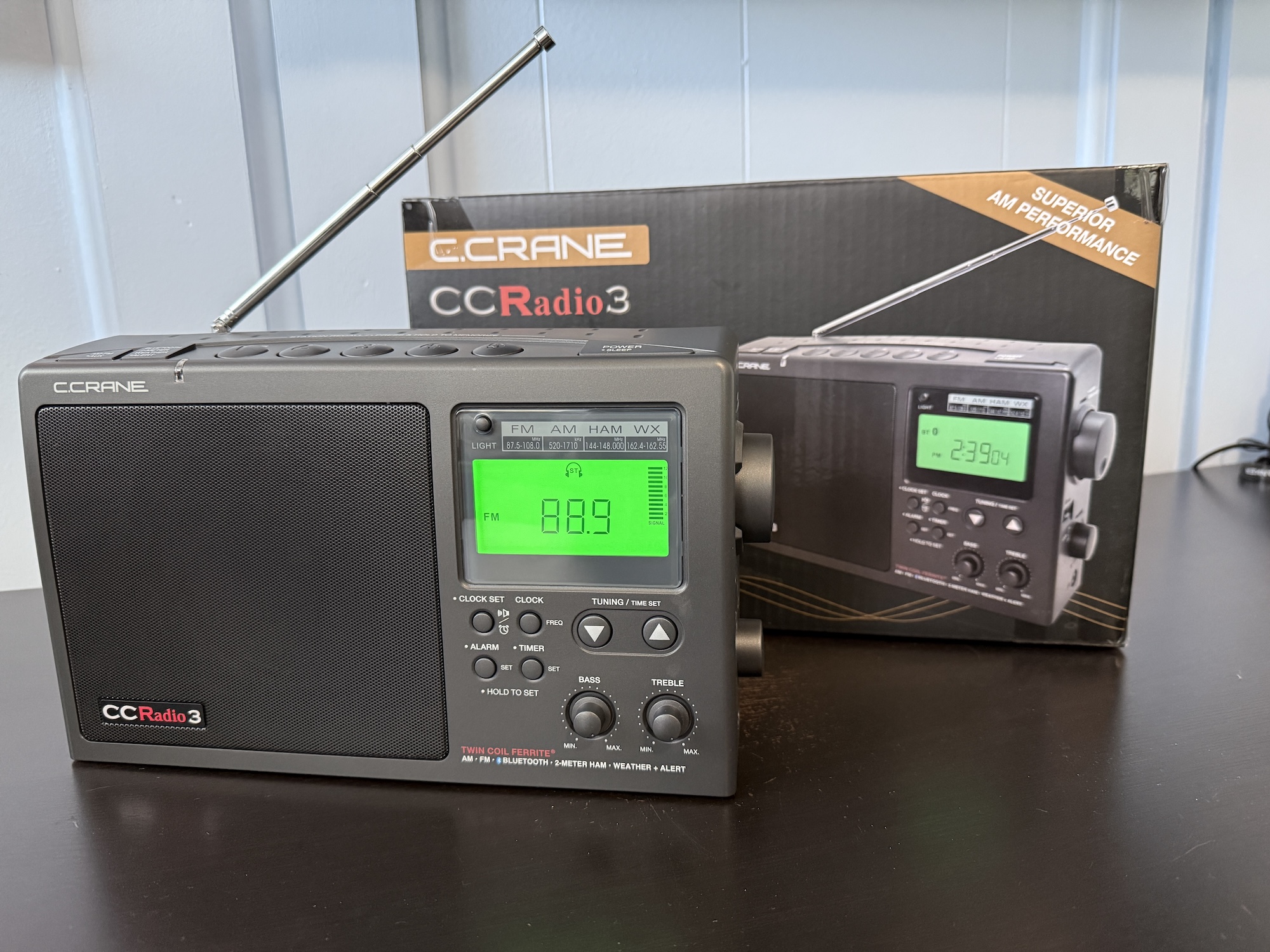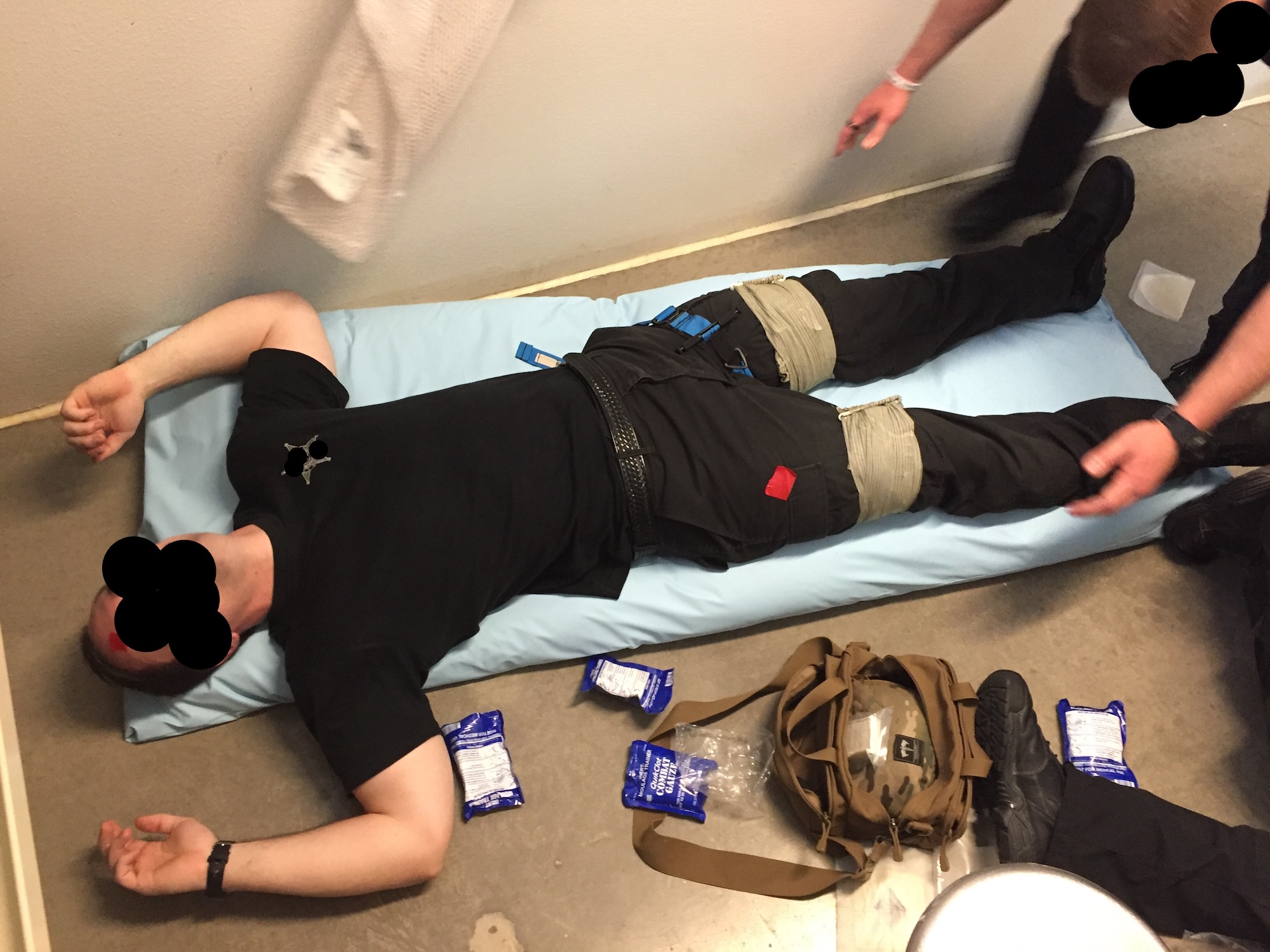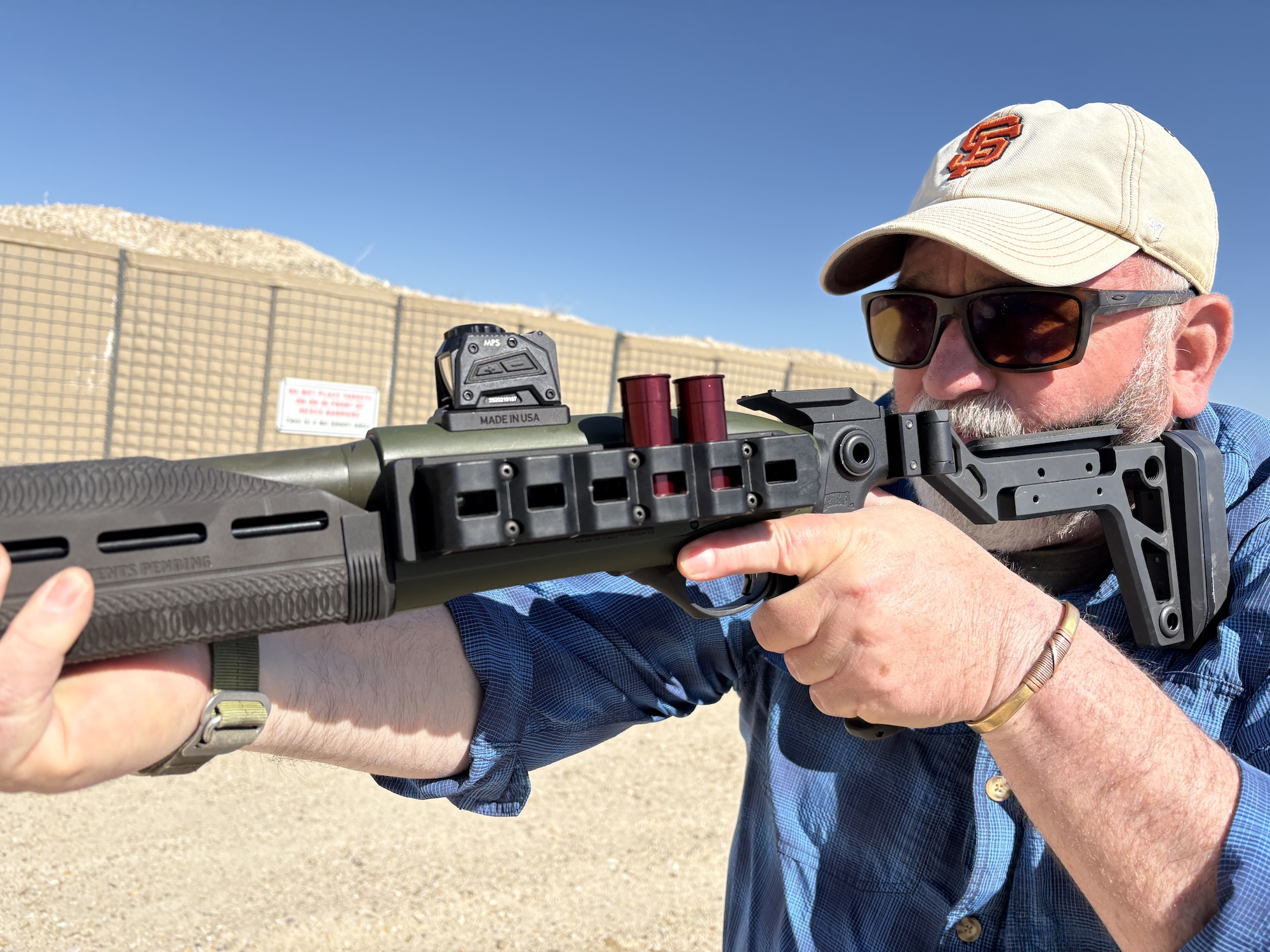
feature_2768
This is the second part of a series on left-handed manipulations of various firearms. Previously, I covered semi-automatic pistols; this article will look at semi-automatic shotguns.
While there are some left-handed shotgun designs (I have a couple of them), there are some benefits to the far more commonly encountered right-hand designs for us lefties.
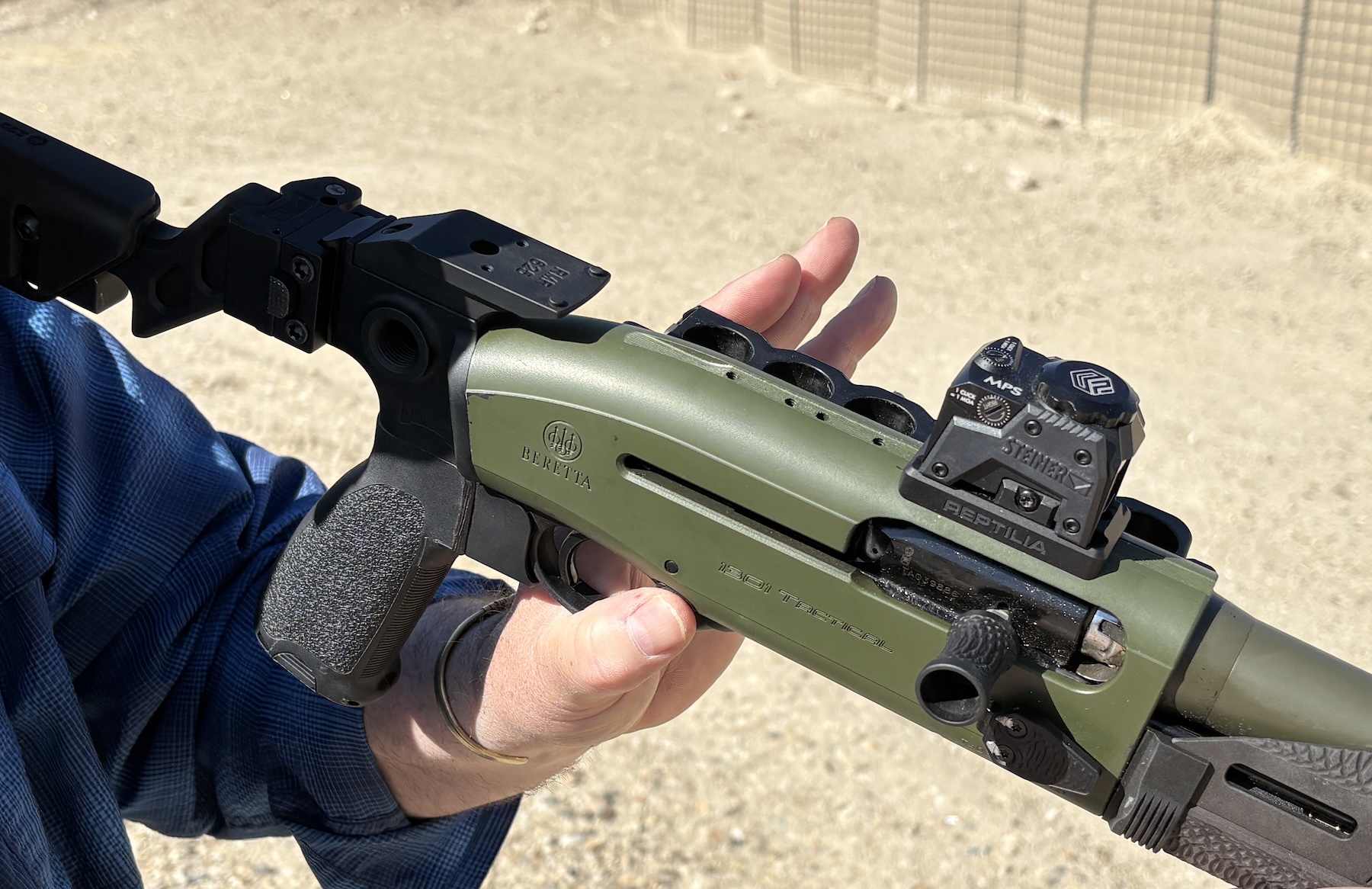
If this Beretta 1301 had a stock safety, I’d manipulate it with an open hand and my shooting thumb on it.
Safeties
The easiest to adapt and use is Mossberg’s receiver-mounted safety. Because of its location and placement, behind the rear sight and in front of the stock, everyone can access it. When it is “On Safe,” the button is in the rearward position. To take it off-safe, the shooting hand thumb pushes it all the way forward. Mossberg has redesigned it to be larger, and some versions are now made of metal. (Note: The use of that safety design prevents the use of a pistol grip stock.)
Non Mossberg designs? The safeties on those are located either from the rear of the trigger guard (Remington, Benelli) or the front (Beretta). Unless they have been modified or replaced, they are “On Safe” when pushed to the right. To take them “Off Safe,” the shooter pushes them left into the trigger guard.
Users of Remington shotguns can either replace the complete fire control group with an OEM model or reverse the safety.
Beretta’s safety design is user-serviceable and can be reversed by the end user. Clear instructions and videos are easily found if you choose to go that route.
As always, you need to keep your finger off of the trigger until you have made the decision to shoot and your sights are on the target.
Caveat
If you choose to reverse any of these safeties, ensure you have unloaded and cleared the shotgun before removing the fire control group. If you are not truly comfortable working on your firearm or are prevented from doing so by policy, please take it to a trained armorer or competent gunsmith.
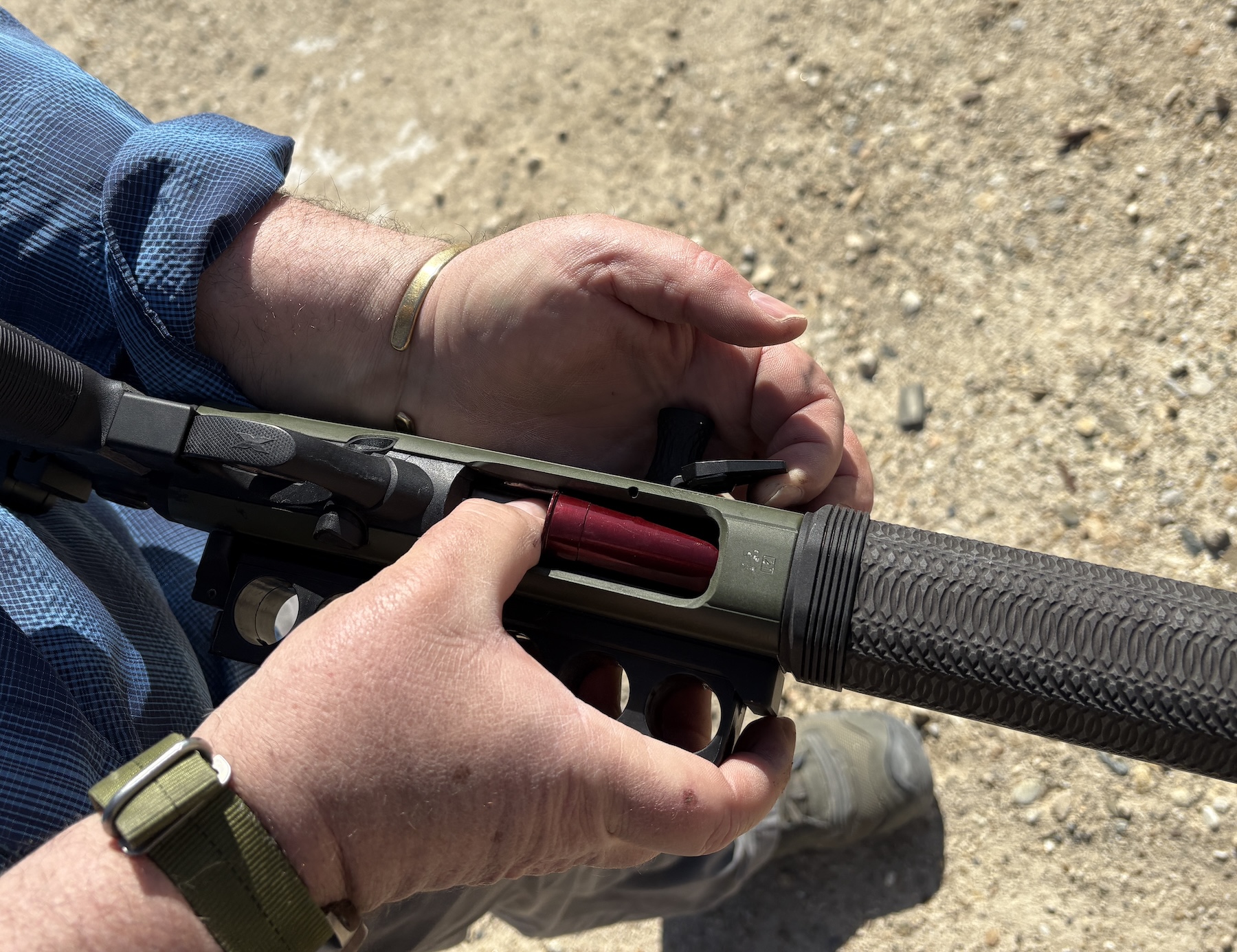
Unloading is administrative. As the support thumb is set to catch the round, the shooting hand pulls out the bolt release.
Clearing, Unloading
First, ensure the muzzle is pointed in the safest direction possible, and the safety is on. Holding onto the grip, pull the action to the rear using the bolt handle. The design will determine whether the bolt locks back on its own or whether you need to take another step. The rest of this process is administrative rather than "tactical, " so I will end up using both hands.

Thanks to the Aridus shell follower, you can visually and physically ensure that the magazine tube is empty after you have emptied it.
If the chamber is now cleared, it is a matter of emptying the magazine tube. On both Beretta and Mossberg semi-autos, I push the shell lifter/carrier "up" into the receiver and hold it in position. I slide the thumb forward to the base of the first visible shell in the magazine tube. My other hand pulls up the bolt release away from the receiver to release that visible shell. The thumb rides it rearward before pulling it out of the receiver. I return the shell to a carrier, pouch, or other location before repeating the process. Once I have emptied the chamber and the magazine tube, I confirm that visually and physically.

The support hand is holding the shell between the pinkie and index finger. It follows the trigger guard forward to the loading port.
Admin Loading
This looks at loading the shotgun before a shift, setting up for defensive preparation, or in the prelude to a drill. My shooting (left) hand is controlling the shotgun, keeping it oriented in the safest direction possible – and I strongly prefer having it "on safe." I trap the buttstock in my armpit, and I manipulate the shells with my right hand. Holding the shell in my right hand; its base is at my pinky, and the mouth is touching my pointer finger. I find the trigger guard and follow it forward until it starts to pop up into the loading port. Once there, I rotate my hand and push the shell into the tube with my right thumb.

You've moved the shell forward and upward into the loading port before pushing it into the magazine tube with your thumb.
I repeat that until the magazine tube is loaded.
Absent the need for immediate use, like during a shooting class, I am a proponent of Cruiser / Closet Ready – i.e.: safety on, bolt closed on an empty chamber, loaded mag tube.
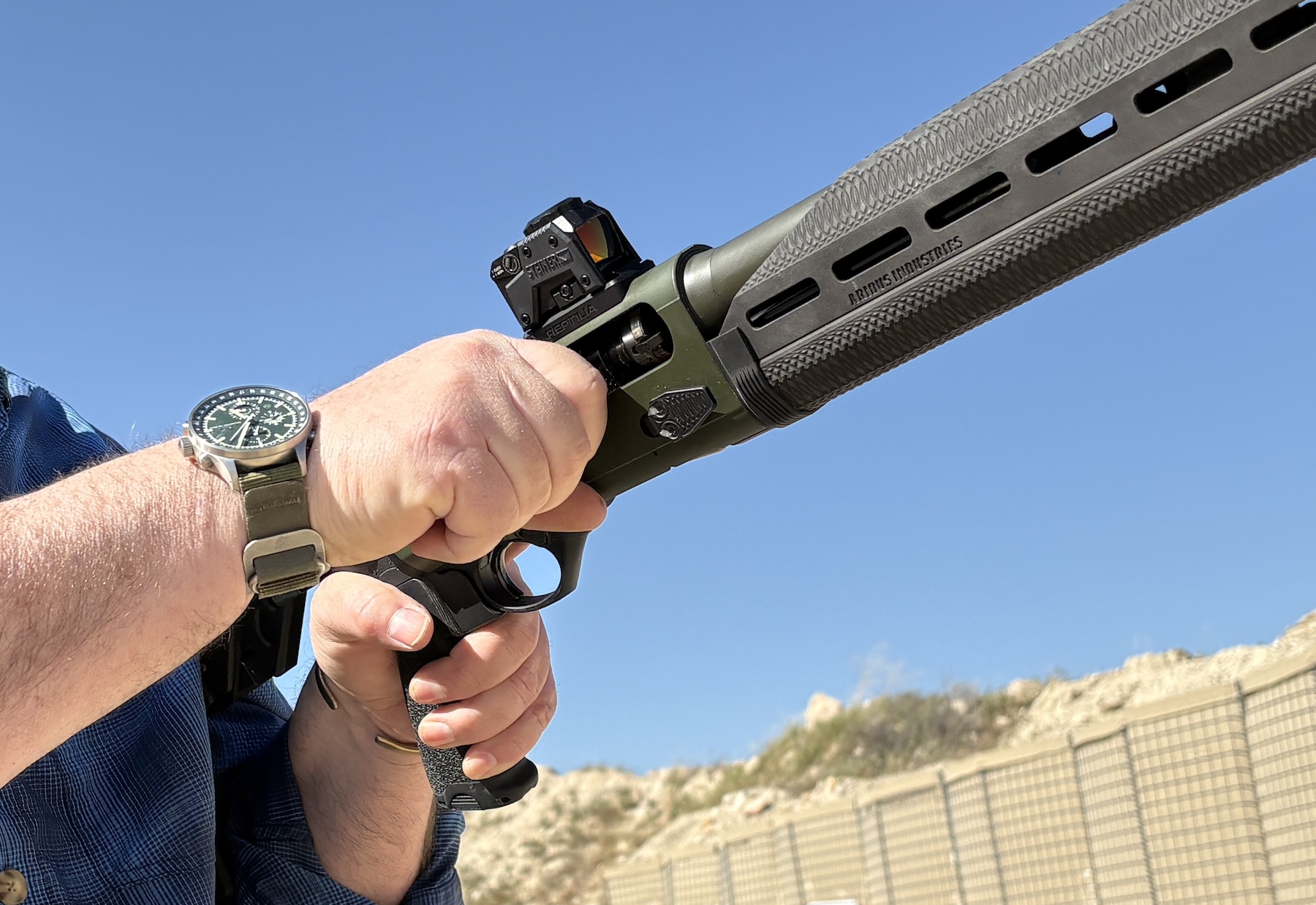
To chamber a round on the lifter, as a lefty, give the shotgun a slight in-board roll with an overhand grip on the bolt handle. Pull it all the way to rear and let it go.
Chambering a Shell
Again, my left (shooting) hand has a firing grip. With a semi-auto, I roll the gun slightly inboard and grasp the bolt handle with an overhand grip. I run it all the way rearward before releasing it. When possible, I will ensure a shell is chambered by pulling the bolt back just far enough to feel for the shell; alternatively, I can look based on lighting conditions.

Violin load: The sights are rolled inboard, the support hand C-clamps the forearm at the front of the receiver, and the shooting hand thumbs in the shell.
Reloading
To get additional shells into the magazine tube, follow the directions above.
If I have shot a semi-auto gun empty and the bolt is locked to the rear, I will remove the first available shell from wherever I am carrying it. Here is one left-hand advantage: I can look right into the ejection port. I push that shell into the ejection port, and once it is in, I'll hit the bolt release. I must do this before loading the magazine tube. Then, I load the magazine tube.
When I'm playing violin style, I roll the gun inboard so the sights are towards my chest, and the loading port is facing outboard. My support hand comes back to the very front of the receiver, rear of the barrel, and is basically C-clamping the gun at that location.
Yes, the barrel can be hot. Both Mossberg and after-market manufacturers have addressed that concern with forearms.
My left hand removes the shells from where I am carrying them and thumbs them into the magazine tube.
By having the right hand immediately in front of the loading port, reloading is an act of making my hands touch.
Once the shotgun has been reloaded, I reacquire my grip with both hands and resume the shooting problem.
Closing Thought
As mentioned early in the article, there are some shotguns designed for left-handers. I have not found a need for one. As long as I have at least a left-handed fire control group in a shotgun, I'm happy.
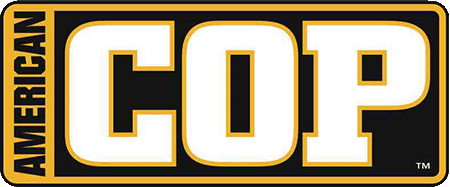

 (+4 rating, 4 votes)
(+4 rating, 4 votes)